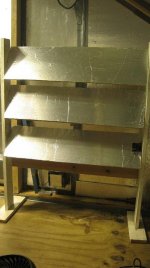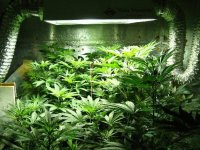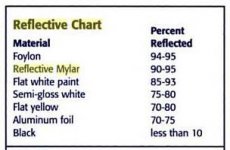freeride high
Member
is it really an argument?
im a fan of mirrors as an alternative to supplemental lighting, i targeted the popcorn nugs and got some weight on them. you think if i just left the closet white it would be more efficient? i think not.
im a fan of mirrors as an alternative to supplemental lighting, i targeted the popcorn nugs and got some weight on them. you think if i just left the closet white it would be more efficient? i think not.





